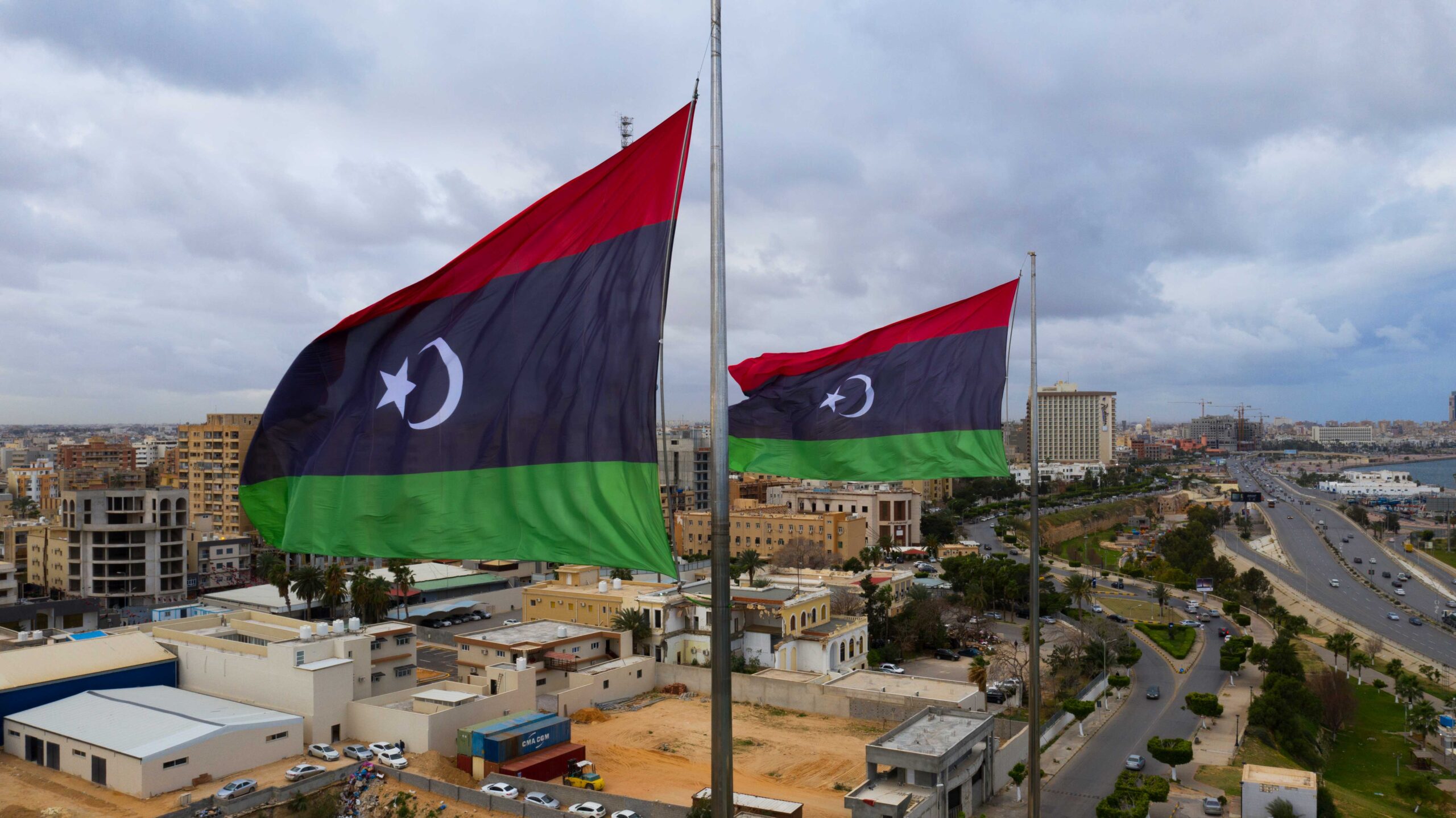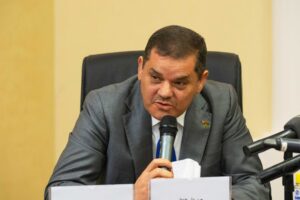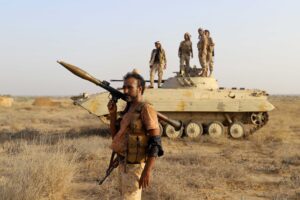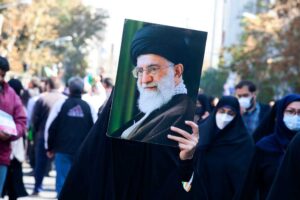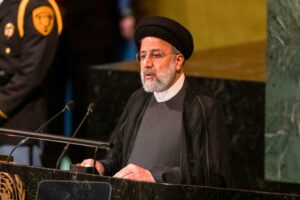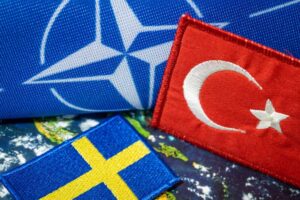In Libya, youth constitute 60% of the population, representing most of Libya’s 6.5 million citizens.[i] While youth make up a high percentage of the people, unfortunately, they face significant challenges in terms of job opportunities. For example, according to the World Bank[ii], in 2019, Libya’s estimated youth unemployment rate was at 49.54 percent for the 15 – 24 age group.
Within the Libyan context, youth are not always addressed positively. There has always been an underestimation of youth, both men and women, as they are considered to lack the older generations’ experience and wisdom. Given the political and social structures created by the former regime in Libya, youth were never part of society-building and civic participation, since these two were not applicable.
By instrumentalizing the educational system to push for the Jamahiriya slogans and ideologies, the regime created the same concepts consumed by many generations.
Libya’s political and legal frameworks prevented civil society during Muammar Gaddafi’s rule. It also stopped the growth of a free press, independent trade unions, and organized political opposition, i.e. potential alternative avenues for youth activism. By instrumentalizing the educational system to push for the Jamahiriya slogans and ideologies, the regime created the same concepts consumed by many generations. The result was that many lacked a basic understanding of civic engagement, civil rights, and a fair political system.
It managed to obliterate the youth’s participation and activism from the scene. As a result, it left a vacuum in a generation lacking a coherent understanding of civic engagement and political participation. It was evident given the absence of democracy during Gaddafi’s period in power, which lasted for forty-two years.
However, the population overthrew the regime in 2011 following widespread uprisings across the Middle East and North Africa, including in neighboring countries such as Tunisia and Egypt. The youth slowly but steadily built online and offline activism, which incorporated volunteering activities by providing medical aid or shelter.[iii] Online activism also allowed for sociopolitical debates on social media platforms, with which a new realm opened up to youth in Libya.
After the fall of the Gaddafi regime in Libya, youth populations began actively working on awareness campaigns in various parts of the country by educating people about their rights and the significance of a democratic path. The youth actively participated in the revolution, having sacrificed many to martyrdom, and having suffered wounds or gone missing.
One of the consistent and tangible examples of youth activism in Libya is the H2O Organization. In September 2011, youth with various backgrounds wanted to carry out the change they sought in Libya. H2O’s mission is to encourage Libyans to take small steps to move society forward and exchange ideas, mainly related to democracy and active citizenship.
Through its activism, the organization designed a curriculum on active citizenship that contained an outline of democracy and civic movement principles, the topics and methods of advocacy, and defending human rights, as well as many other issues that concern citizenship. In addition, before the postponed elections of December 24, 2021, the H2O Organization was involved in the training of election observers. The organization’s focal work has been crucial to citizens’ political comprehension of Libyan affairs, especially in youth circles.
Zaykom Zaina[iv], another example of on-the-ground activism in Libya, is a non-profit organization concerned with raising awareness and educating local communities about the rights of people with disabilities. They support affected groups by informing them of their rights guaranteed by law in order to encourage their active participation in public life. The organization has been active in organizing workshops and panel discussions about disability and the rights of people with special needs. The Tamazight Women’s Movement[v] is a similarly active local organization, addressing indigenous people’s rights in Libya and educating people about the current legal lapses.
Libyan youth continue to mobilize, work, and advocate for a just society. Indeed, the ‘I am Tawfik’ campaign seeks to collectively challenge those responsible for the continuous attempts to silence those who speak up against injustice in Libya[vi]—following the assassination of civic activists Tawfik Bensaoud and Sami Kuwafi. The campaign aims to continue the work of the assassinated activists by providing logistical support to families in need and encouraging youth to volunteer. Of course, among these examples, there are many more local organizations and initiatives working in different domains, including cultural and environmental activism. For example, Scene Heritage[vii] focuses on the cultural scene in Libya, while the Libyan Youth Climate Movement[viii] concentrates on raising awareness of Libya’s ecological issues.
Young people and activists have become direct targets of assassination and abduction because of their massive impact on the ground since 2014.
The past ten years have shown the influence of youth in different parts of the country working on developing their communities by encouraging civic engagement and aspiring to raise awareness. Young people and activists have become direct targets of assassination and abduction[ix] because of their massive impact on the ground since 2014. The lack of security kept many youths fearful of their safety. The year 2014 correspondingly marked the start of a second civil war[x]; the fighting has mainly been between rival centers of political power in the east and the west of Libya. The political fragmentation reflected poorly on Libya’s social and economic realities, making any progress fast threatened.
Regardless of their active participation in civil society, Libyan youth remain excluded from the political scene and have been limited to specific roles and positions, for example, in communications as spokespersons or media personnel, highly observed in the current interim government. Although the Government of National Unity, appointed in 2021, has claimed to have an active role for the youth population, they kept the status quo persistent without bridging the gap and allowing young politically active people to reach influential roles in politics.
On the ground, the government has been issuing marriage support funds for youth instead of providing economic and investment opportunities. People may have welcomed it initially; given it is a first-of-a-kind initiative, it showed the negative long-term impact on the community. Marriage support funds were economically burdensome for an already struggling system. It still shows how weak the strategies of successive governments in Libya since 2011 have been, as they persistently lacked youth backing in formulating policies that could improve circumstances and open new opportunities for young people in Libyan society.
Instead of issuing these funds, the government could have issued support funds to local startups and on-going projects that would have encouraged members of youth to contribute to their communities’ development. There is a massive space for improvement and the potential to bridge the gap.
Notwithstanding the barriers, the private sector remains electrified by ambitious and driven youth in different fields, which has increased social entrepreneurial creativity in many regions around Libya. A good example is Speetar[xi], Libya’s first national telemedicine platform launched in 2019, which collaborates with the Libyan Ministry of Health, the UNDP, LEGATEM Center, and Harvard Innovation Labs.
Indeed the political situation in Libya makes any room for youth development miniscule. It remains an unequal equation as one part of the country is pushing for progress while the other is pulling back on the levers of progress on the political level. Strengthening the position of Libyan youth in decision-making is of particular importance in the coming stage of the country’s political development. They hold in their hands the ability to bring about the necessary change for building a more prosperous future for Libya.
[i] UNOY Peacebuilders (2018). Beyond dividing lines: The reality of youth-led peacebuilding in Afghanistan, Colombia, Libya, and Sierra Leone. The Hague: UNOY Peacebuilders. Retrieved from: http://unoy.org/wp-content/uploads/FinalVersion-Research-Report_Beyond-Dividing-Lines_U
[ii] The World Bank. (2019). Unemployment, youth total (% of total labor force ages 15-24) (modeled ILO estimate) – Libya. Unemployment, youth total (% of total labor force ages 15-24) (modeled ILO estimate) – Libya | Data (worldbank.org)
[iii] In Libya, Hope Springs from Youth and Local Communities – Libya | ReliefWeb
[iv] منظمة زيكم زينا لحقوق الأشخاص ذوي الإعاقة – zaykomzayna.org.ly
[v] Cordaid Organization. (2018). Libyan Feminist: You can’t stop war by pressing the snooz button. Libyan feminist: ‘You can’t stop war by pressing the snooze button’ (cordaid.org)
[vi] The Libyan Youth Movement: Acting Today, Shaping Tomorrow | AWID
[vii] Scene: Culture and heritage organization. Scene: Culture & Heritage
[viii] حركة الشباب لأجل المناخ –ليبيا (AYCM) | Facebook
[ix] Libyan activist abducted in Tripoli after calling for protest to back elections | | AW (thearabweekly.com)
[x] The Guardian. (2020). War in Libya: how did it start, who is involved and what happens next?. War in Libya: how did it start, who is involved and what happens next? | Libya | The Guardian
[xi] Speetar: https://www.speetar.com/landing#

